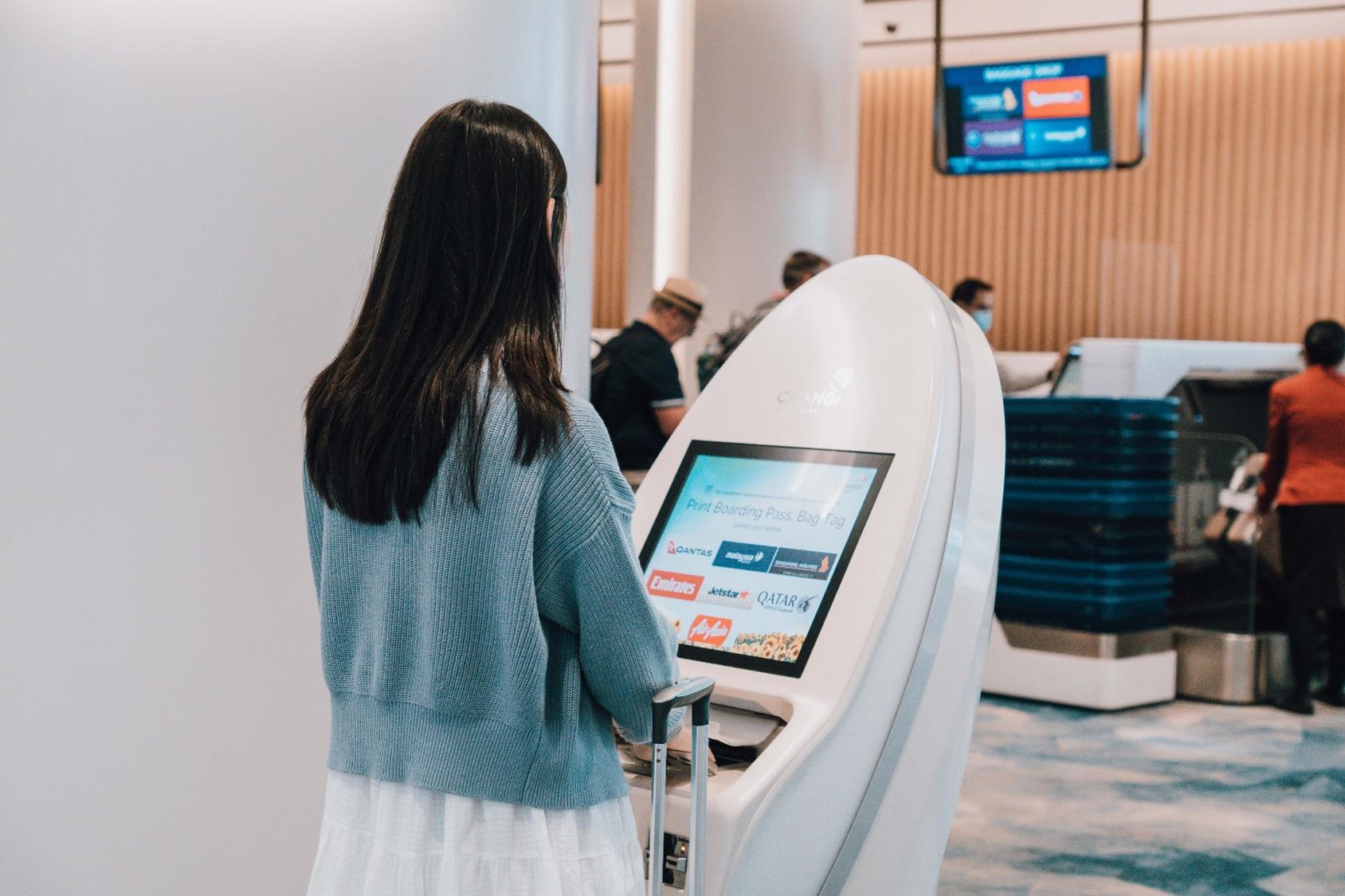Dhiraagu has announced its collaboration with SmartBeings Inc. and Leia Inc to introduce WooHoo. WooHoo is a contactless Artificial Intelligence (AI) powered voice assistant for the Hospitality industry. Dhiraagu revealed that the introduction of ‘WooHoo’ that will help minimize the need for physical contact, provide telehealth, and enable guest requests to be attended via a voice assistant.
SmartBeings Inc is a Silicon Valley-based company and the developer of WooHoo, an award-winning Enterprise Voice AI Assistant speaker for the Hospitality industry. The WooHoo Voice AI Assistants speakers (powered by JBL by Harman) brings the convenience to order and personalize guest needs quickly and efficiently using their voice commands.
We are happy to be collaborating with Silicon Valley companies like SmartBeings Inc and their partners Leia Inc to offer a contactless Voice Assistant, to support our hospitality partners where they can digitize their guest experience in resorts, rooms, restaurants, beaches, entertainment, and daily tasks. We want to help them connect and optimize their operations while they ensure the guests are safe when delivering a luxurious experience.
Mahmoud Dasser, Chief Marketing Officer at Dhiraagu said.
WooHoo is integrated with more than 40+ Hospitality solutions like property management systems. Features of this technology in-room automation, housekeeping, point of sales systems, PBX, etc. With WooHoo technologies integrated together with Dhiraagu smart hospitality solutions, hotel guests can now order food & beverages, toiletries, play music, get instant answers to their queries, call reception and control room temperature, lighting, or curtains, among other many interactions through a simple voice command.
Leia Inc is the leading provider of Lightfield hardware and content services for mobile devices. Leia’s Lume Pad is the first 3D Lightfield Tablet in the world that lets you experience 3D imagery with a natural sensation of depth and feel for textures, materials, and lights with no eyewear required. The Lume Pad, Hospitality Edition will fully integrate with WooHoo’s platform to help upsell in-room services and further uplift the guest experience.








